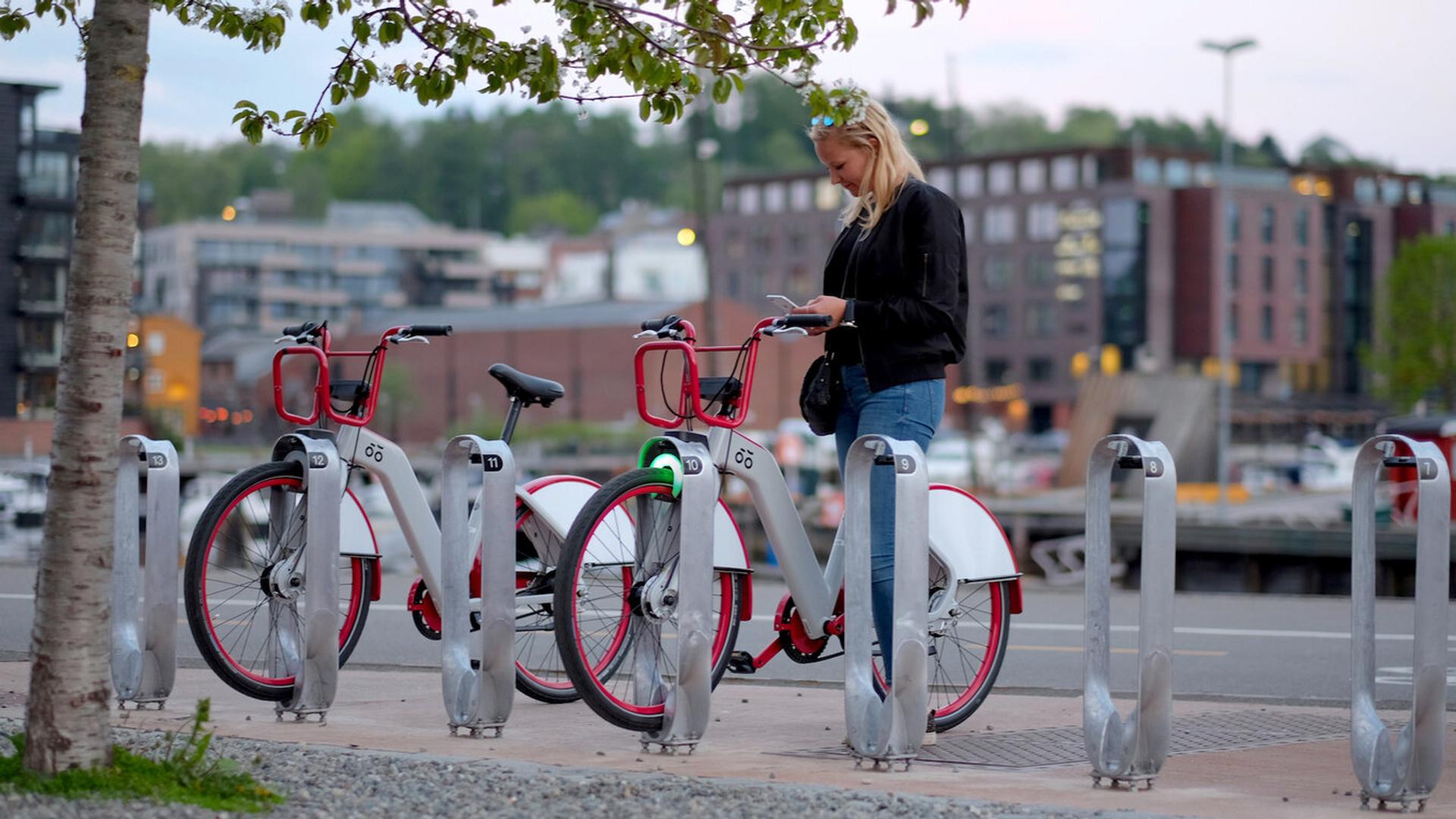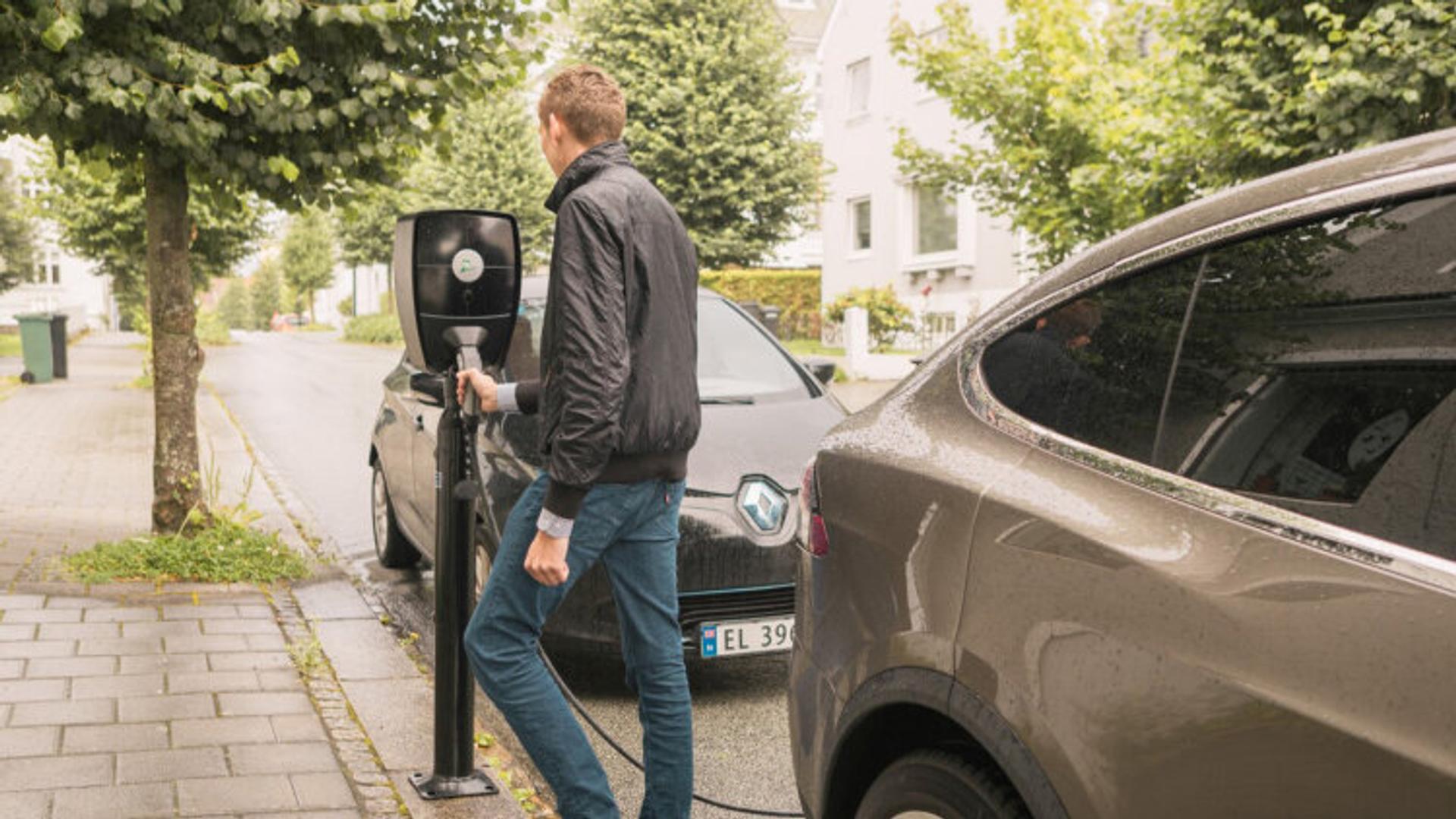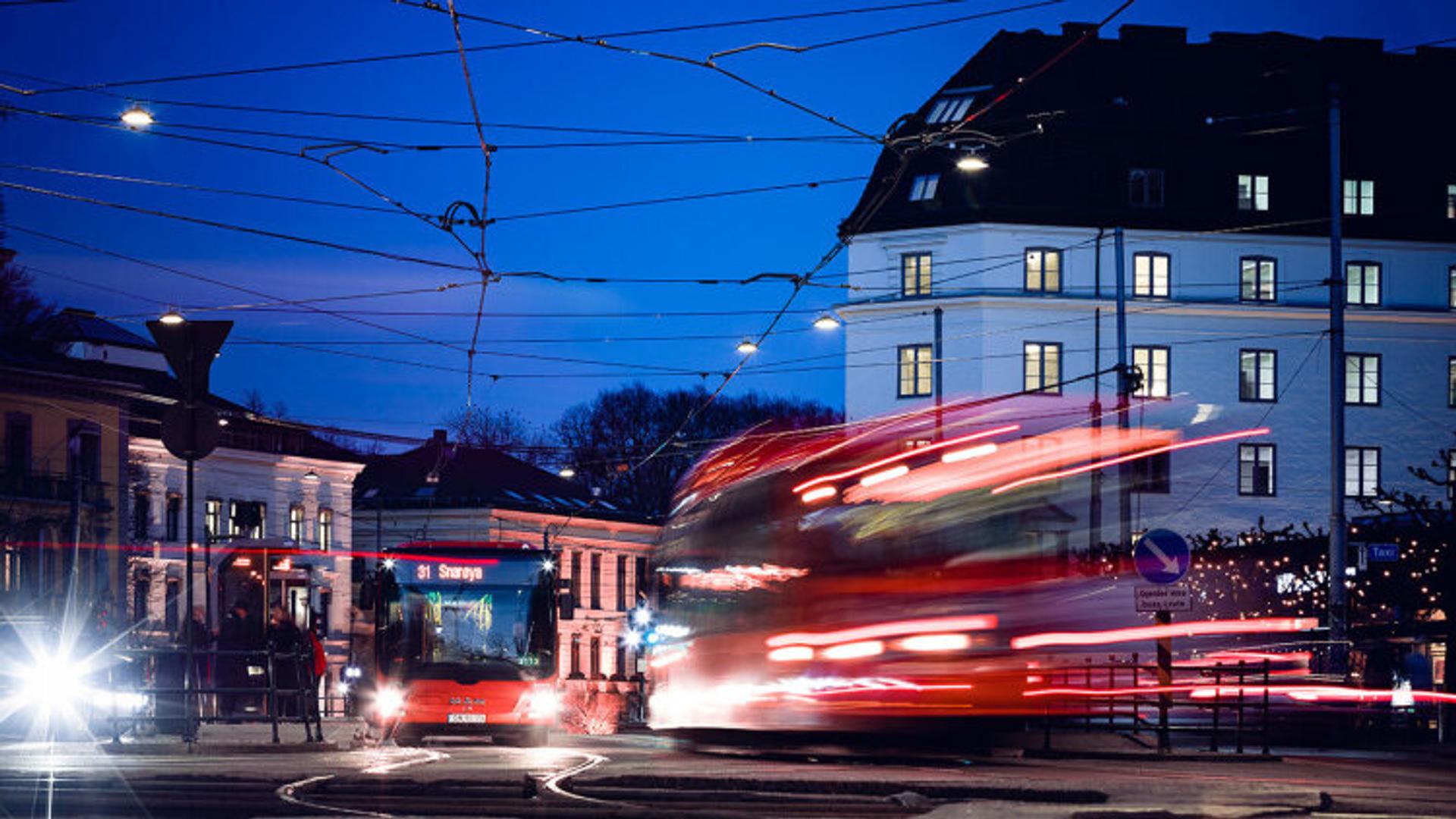Smart transportation essential for smart cities

But what is a smart city, and how does it differ from other cities?
There is no sole definition of what a smart city is. There are, however, a number of common components, including smart health, smart government, smart buildings and open data. Smart transportation – also known as smart mobility – is one of the most important.

Cities take the lead in smart mobility
Oslo is not exactly a huge metropolis by global measure. Nevertheless, with well over 650 000 inhabitants, it is home to 23 per cent of Norway’s population.
Ruter – the company that covers the greater Oslo region – has stated that all the modes of transport it operates, including buses, boats, minibuses and taxis, will become entirely emission free in the next decade.
Ruter produces a lot of the solutions it needs using open source and off-the-shelf software, and is eager to share its digitalisation expertise with any country that is interested.
Bergen is Norway’s second largest city, and the unofficial capital of Western Norway. With a population of just over a quarter million, it is designing a smart city where shared mobility is one of the keywords. The city has recently opened two of about 10 mobility hubs – the first of their kind in Norway.
The core of each mobility hub comprises permanent, reserved parking spaces for car-sharing cars, primarily electric ones. Mobility hubs are located close to public transport and ride-sharing stops, and offer secure bicycle parking, access to city bikes and chargers for electric vehicles (EV).
Stavanger in Southwest Norway, meanwhile, has a population of just under 130 000. In 2019 it received the Mobility Award from the Norwegian Public Roads Administration and was simultaneously named Norway’s smartest city.

Innovative transport solutions
All across Norway, companies are developing solutions to meet the needs of smart cities, both in Norway and abroad.
ZAPTEC is one example. The ZapCharger system can be used for any type of EV and can charge up to 100 cars on a single circuit per day. The system handles both slow and fast charging simultaneously, thereby optimising power use while preventing grid imbalance.
Bike sharing is also essential in a smart city. The startup Urban Sharing has developed an easy-to-use software platform for bike sharing, which has been integrated into Oslo’s public transport system via Oslo City Bikes.
The cities of Edinburgh, Bergen and Trondheim, meanwhile, are implementing Urban Sharing’s new hybrid lock system. The locks work in “virtual stations” defined by geo-fenced areas, as well as in traditional docking stations.
The Norwegian Centre of Expertise (NCE) Maritime CleanTech is developing the zero-emission Urban Water Shuttle to take advantage of waterway mobility. The Urban Water Shuttle will run on battery power and connect city populations without needing roads.

Open data and autonomous vehicles
Effective flow of open data is a cornerstone of smart cities. The Norwegian Government has established the company Entur to run the national registry for all public transport in Norway. Data from 60 public transport operators is collected in a registry that contains data about 21 000 daily departures on 3 000 routes. This data is open and free for use by app and service developers.
Autonomous vehicles are another innovation that is making its way into smart cities. Oslo has trialled regular bus routes with autonomous shuttles since 2019. Other cities and towns in Norway are also testing how various self-driving vehicles can be used for different types of transport.
One of the Norwegian companies working to deploy shared, autonomous transport is Applied Autonomy. Founded in 2017, the company offers full services support for implementing fleets of self-driving vehicles.
Mobility Forus also offers solutions for shared, autonomous mobility in urban areas and industrial parks. The company aims to make self-driving vehicles a feasible option for larger parts of the public transport market.
Zeabuz, meanwhile, is developing a small, autonomous, battery-driven ferry that can transport people across or along waterways on demand. This self-driving ferry will using state-of-the art sensor and navigation technology to manoeuvre among other boats, dock to the quay by itself and handle passengers safely.
